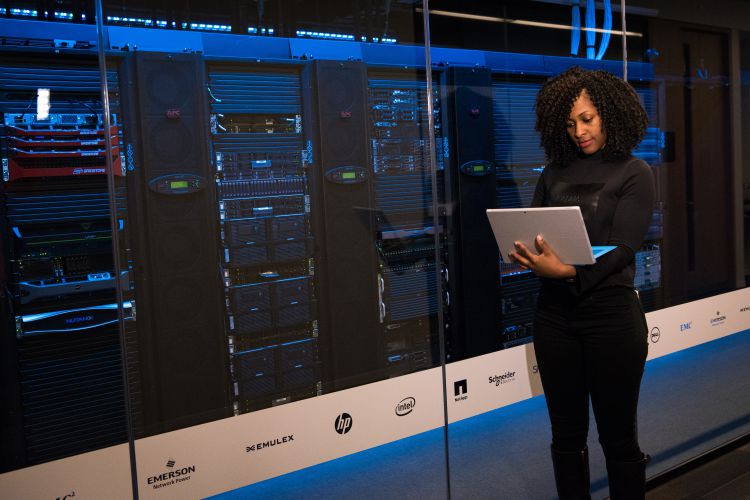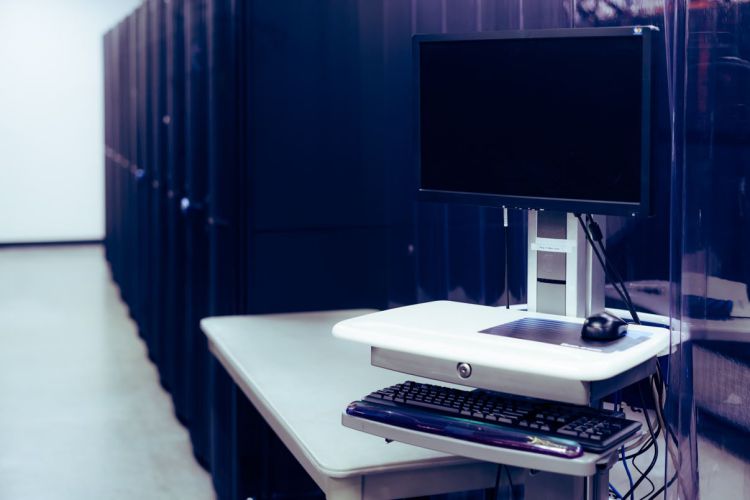The gathering, processing, and storing of data, as well as the distribution of resources and the facilitation of access to those resources, all take place in a site referred to as a data center. This location houses computers and networking equipment. A company will normally place a significant amount of reliance on the applications, services, and data that are stored inside a data center, which is why having access to one is an invaluable asset for day-to-day operations.

ICT
The development of any company is heavily dependent on the advancement of information and communication technology (ICT). It makes it easier for workers to talk to one another, automates routine tasks, and increases the openness of your projects. That will lead to happier customers and workers, more earnings, and development opportunities. Servers, data racks, wall boxes, and accessories are all part of the services provided by agencies like XCircle, whose options include designing and building an infrastructure from the ground up. If you’re looking to expand your organization, they provide all the data center and IT infrastructure solutions you may possibly require.
Servers and storage
Servers are the backbone of any data center. A server at a data center is a supercomputer with a ton of RAM. It’s a much more potent and rapid CPU. One or more servers may be assigned to handle a single process, many programs, or a single client. Moreover, the technology, programs, and hardware that are referred to together as “data center storage” are what make it possible to store information and applications inside a data center.

IT and networking equipment
Any data center would be unable to function without storage devices like hard-disk disks or robotic tape drives. The ability to maintain a high-bandwidth connection between servers also relies on networking and communication hardware.
Users who need the data and processing power of a data center should be able to quickly and conveniently access both of these resources. Equipment for networking also makes it possible for data centers to link with one another, which allows data center operators to work together and get access to a larger pool of computational and storage resources.
Security systems
In order to prevent unwanted entry, data center rooms that are located in physical places need to be equipped with security measures. The location will be equipped with safety precautions and emergency equipment such as fire alarms and sprinklers to protect the data center from the noise caused by the servers, fans, and other components.
Cabling infrastructure
The infrastructure of cabling is the bedrock upon which data centers are built because it permits the power and data communications that are essential to the operations of the data center. Failure to appropriately manage these systems may result in substantial problems, such as unscheduled downtime and significant additional costs.
Today’s organizations depend heavily on the management, storage, and analysis of vast amounts of data, and data centers make this possible in a safe and reliable environment. There are several advantages to using them, such as easier data administration and less wasted effort.
Enterprises need adaptable solutions to keep up with their changing requirements, such as the growing need for high-performance network connections to serve dispersed and demand-intensive workloads. Businesses will fare better on their IT journeys if they have access to all-encompassing solutions.




